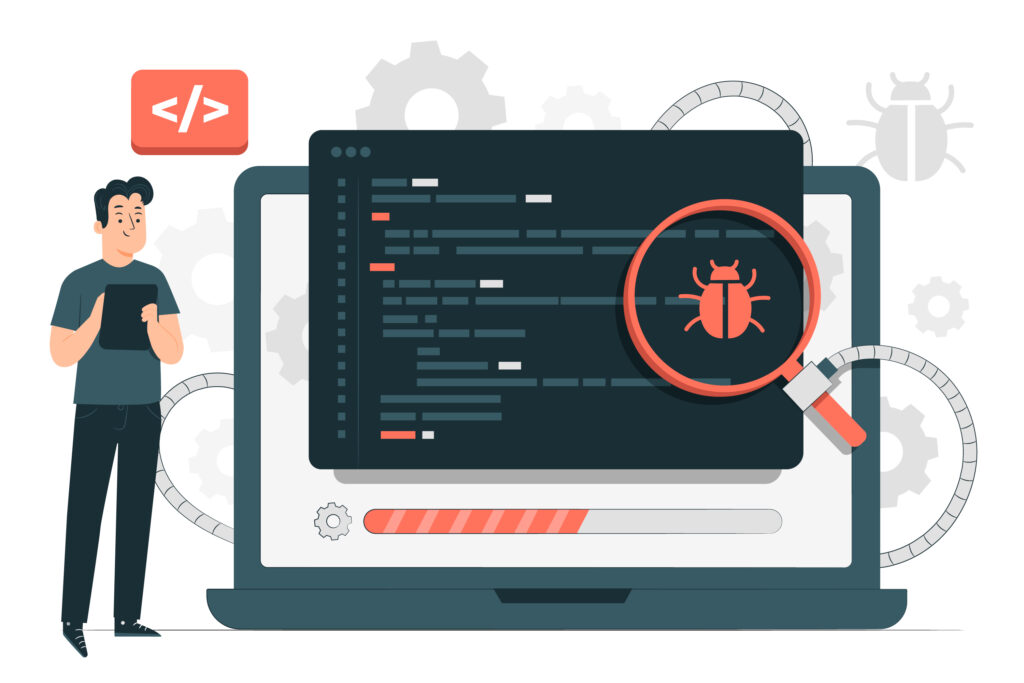In today’s interconnected world, our reliance on digital technology has grown exponentially. While this dependence brings numerous benefits, it also exposes us to various threats, with malware being one of the most pervasive and insidious. Malware, short for malicious software, can wreak havoc on your digital life, compromising your privacy, security, and data. In this article, we will discuss five essential tips to help you combat malware effectively and protect your digital assets.

- Stay Informed and Educated
The first line of defense against malware is knowledge. It’s crucial to stay informed about the latest malware threats, as cybercriminals are continually evolving their tactics. Subscribe to reputable cybersecurity blogs, follow security news, and attend cybersecurity webinars or seminars. Understanding the types of malware, how they spread, and their common disguises is vital for recognizing and avoiding potential threats.
Moreover, educate yourself and your family members or colleagues about safe online practices. Avoid clicking on suspicious links or downloading files from untrusted sources. Encourage strong password management, and stress the importance of regularly updating software and operating systems to patch vulnerabilities that malware often exploits.
- Use Reliable Antivirus Software
Investing in reliable antivirus software is a fundamental step in protecting your devices from malware. These security programs are designed to detect and remove malicious software before it can cause harm. They often come with additional features like real-time scanning, firewalls, and email filtering to provide comprehensive protection.
Make sure to choose a well-known and reputable antivirus software vendor, and keep the software updated to ensure it can recognize the latest malware threats. Additionally, consider running regular scans of your system to catch any potential infections that might have slipped through the cracks.
- Practice Safe Email Habits
Email is a common vector for malware distribution. Cybercriminals often use phishing emails to trick recipients into downloading malicious attachments or clicking on links that lead to infected websites. To protect yourself from email-based malware threats:
- Be cautious when opening emails from unknown senders.
- Avoid clicking on links or downloading attachments from suspicious emails.
- Verify the authenticity of email links by hovering your mouse pointer over them to preview the destination URL.
- Be skeptical of emails that ask for sensitive information like passwords or financial details.
If an email seems even remotely suspicious, it’s best to delete it and report it as spam.
- Regularly Back Up Your Data
Backing up your data is an essential precautionary measure against malware attacks. Malicious software can encrypt or delete your files, rendering them inaccessible. Regular backups ensure that you can restore your data if you ever fall victim to a malware attack, such as ransomware.
Use a combination of external hard drives, cloud storage solutions, and network-attached storage (NAS) to create redundant backups. Schedule automatic backups at regular intervals to ensure that your data is continuously updated. Be sure to store at least one backup copy offline to protect against ransomware that might attempt to encrypt connected network drives.
- Keep Software and Systems Updated
Outdated software and operating systems are common targets for malware attacks. Cybercriminals actively seek out known vulnerabilities to exploit. To mitigate this risk, make sure to keep all your software, including your operating system, web browsers, plugins, and applications, up to date.
Enable automatic updates whenever possible, as this ensures that you receive critical security patches promptly. Regularly check for updates manually if automatic updates are not available for specific software or devices.
Conclusion
Fighting malware requires a proactive and multi-layered approach. By staying informed, using reliable antivirus software, practicing safe email habits, regularly backing up your data, and keeping your software and systems updated, you can significantly reduce your risk of falling victim to malicious software.
Remember that cybersecurity is an ongoing process, and vigilance is key. The digital landscape is constantly evolving, and new malware threats emerge regularly. By following these tips and staying mindful of potential risks, you can safeguard your digital life and enjoy the benefits of technology without succumbing to the dangers of malware.